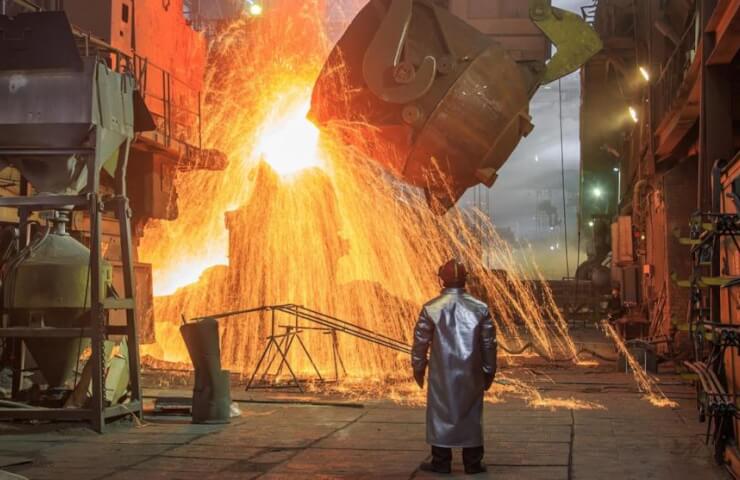The general consensus among Czech respondents was that discounts of EUR 30–50 per tonne were achieved for both quarterly and semi-annual agreements compared to contracts concluded in the first six months of the year.
At the beginning of the discussion, regional manufacturers of cold-rolled coil and galvanized products initially proposed moving prices to the second half of 2024. They cited increased energy, transportation and labor costs in their attempts to maintain their prices and protect profitability.
However, Czech buyers, encouraged by the reluctance of factories to offer higher prices in the early stages of exchange, believed that they could force manufacturers to reduce prices.
Confidence of contract buyers in receiving discounts was also supported by a significant gap between contract and spot prices. Attempts by producers to raise their monthly prices largely fell on deaf ears, leading to lower spot prices in May and June. Their pricing discipline subsequently wavered and reduced prices were offered.
Reasons for concessions on the contract price
There were several reasons why such price concessions were made.
Purchasing managers in the Czech Republic report that purchasing activity is low at the service center and end-user level. Sellers can buy flexibly and at short notice. Most Czech consumers are also keeping their purchases at a minimum level ahead of the summer holidays.
End user activity remains suppressed. Demand in the country's auto sector is mixed as automakers shift their focus back to hybrid vehicles at the expense of electric vehicles. This is due to costs, a lack of infrastructure in many European countries and the growing threat of competition from China in the low-cost car sector.
The white and yellow goods industries also remain subdued. Activity levels in the electrical and welding segments have slowed, and demand for HVAC (heating, ventilation and air conditioning) has declined significantly.
Construction activity, particularly in the housing sector, continues to be negatively impacted by relatively high financing costs, which is holding back the construction of new homes.
Many Czech market respondents readily admit that the domestic steel industry is highly exposed to events elsewhere. Export sales to larger neighbors such as Germany and Poland remain weak. In turn, German and Polish service centers, faced with weak domestic demand, have become increasingly active in the Czech Republic as they seek to sell excess inventory.
Mitigating price cuts at mills
In light of the significant downward pressure on prices caused by this demand shortfall, mills have been more effective than expected in maintaining their price discipline on three- and six-month contractual agreements of steel buyers. Some Czech consumers of cold-rolled and hot-dip galvanized steel coils told MEPS that they expected larger discounts than those they ultimately agreed to.
Several factors contributed to producers' ability to mitigate the magnitude of the price decline.
The supply of strip products in Central Europe is limited compared to other parts of the continent. This is largely due to ongoing production problems at Liberty Steel Group's Dunaferra (Hungary) and Galati (Romania) plants.
Delivery times for flat products are increasing, although due to downtime for planned maintenance of the mill. Major steel producers reduce their capacity during the summer months. Some galvanizing and pickling lines will be taken out of service.
Capacity cuts will have little impact as long as steel consumption remains low.
However, Czech steel buyers may be encouraged by signs that the domestic economy is showing signs of recovery. Inflation, which reached 17.5% in January 2023, fell to 2% in June this year.
The Central Bank of the Czech Republic, Ceska Narodni Banka, has reduced its key interest rate for the entire first half of 2024. The latest decline was half a percentage point, to 4.75%, at the end of June.
However, a slight improvement in demand is expected on the Czech steel market until the end of the year. Most central European participants report that there is little potential for a significant recovery until 2025 at the earliest. That's because political and economic uncertainty is likely to continue as the war in neighboring Ukraine continues.




